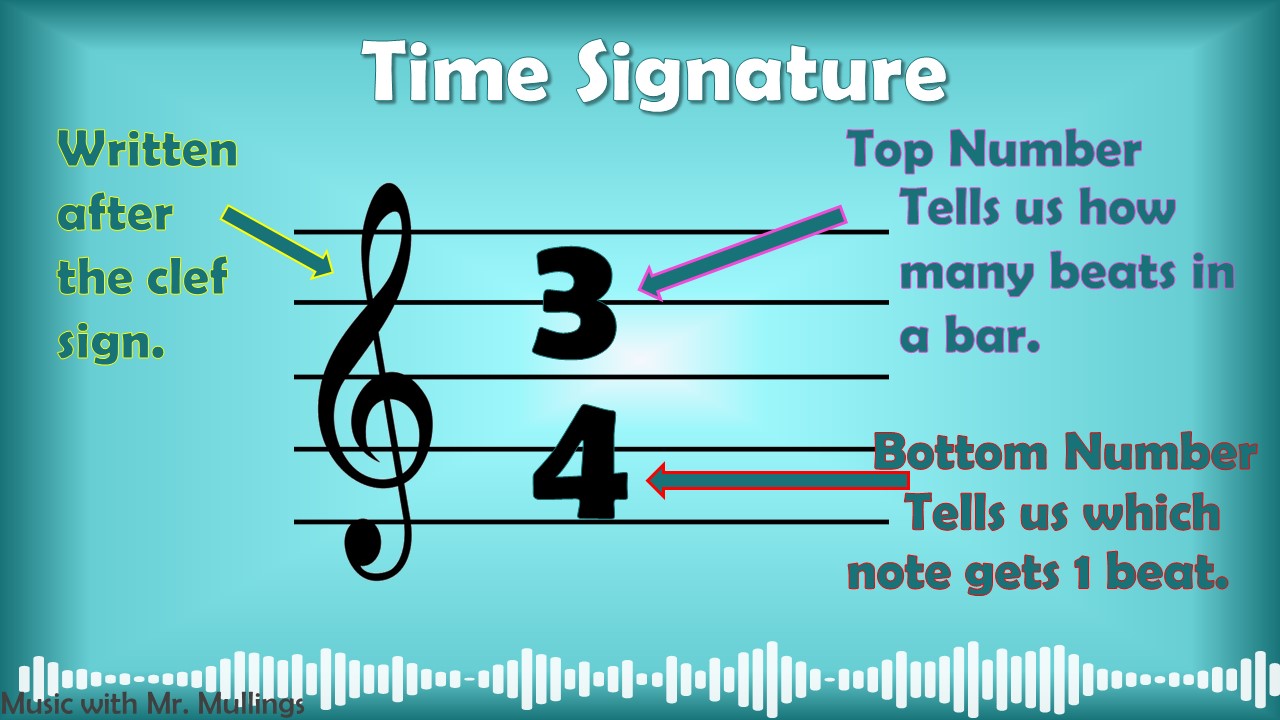

Notice that the line connects two notes of different pitches while music ties connect two notes of the same pitch. In this example the curved line is called a slur. It can also be referred to as a “phrase mark”. This gives you a smooth melody line as you move from one note to the next without a break in the sound. A slur instructs you to play a sequence of notes smoothly, (rather than detaching them).

#Music math ties in music worksheets how to
We have to talk about slurs because the same symbol of a curved line is used to mean something else and you need to know how to tell them apart. Music ties usually only tie between two consecutive notes, but can include more consecutive notes as long as they are the same pitch. It’s the tied notes that gives this song the “off-beat” rhythm that’s so catchy. Once you’ve got that, another good song to practice playing ties is “Pirates of the Caribbean”. You can try adding in some basic piano chords with the melody. While practicing the song, make sure to hold the tied notes all the way to the end of the 3rd and 5th bars. Have a listen to the song in our course and notice the duration of tied notes. Practice playing tiesĪ good starting point for learning to identify ties and get used to playing them correctly is the beginner course “ Get In Touch With Skoove ” and play Bill Wither’s Lean On Me. A whole note is 4 beats long so this note becomes worth five beats. In this case, we have a quarter note tied to a whole note across a barline. When a note is sustained over the bar line into the next bar, a tie must be used to indicate the extra duration.

A tie acts as a visual guide to the beat so that sight-readers can see where the beat falls. When depicted as a half note it can sometimes be hard to see when the second beat falls.

Ties are used in one of two situations: 1. And the only way to make an 8-beat note is to tie two whole (4 beat) notes together. So the only way to make a 5-beat note is to join a 4 beat and a 1 beat, by using a tie. There is no single note to represent five beats. In 4-4 time signature, you can only have 4 beats per measure. The third 8th note is the strong second beat, and should have a note to show it clearly – even though that note isn’t played, but held. So why not just write quarter notes instead of all those tied 8ths? Wouldn’t that be easier? The answer is because the second 8th note falls on the weaker half of the first beat. This rhythm sounds off-kilter and kind of jazzy: In the following example, 8th notes (quavers) are tied so that a note appears on each of the strong beats. Tied notes within the same measure are notated to keep the structure of beats clear. In the following example, the first note is a whole note (4 beats) tied across the bar line into the second measure to another whole note. In the following example, the tie changes the fourth quarter note into a five beat note : In the previous example you would hold the tied C for the second beat, just as if you were playing a half note. When you see a tie, play the first piano key, but instead of playing the second one, hold the key down for the value of the second note. A quarter note is worth one beat, but when a tie symbol links two quarter notes, it effectively becomes a half beat. In this example, we have a tie between two quarter notes. A tie is a curved line linking two notes of the same pitch, like this: No credit card details required Start your piano journey now! What is a tie in music?Ī tie is a way of increasing the length of a note in a place where writing a single note of a longer value isn’t possible.


 0 kommentar(er)
0 kommentar(er)
